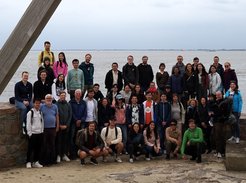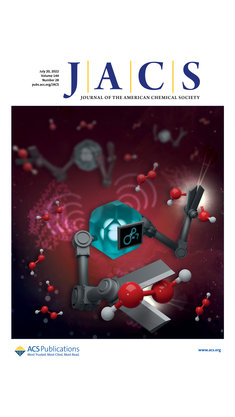Herzlich Willkommen im Arbeitskreis von Prof. Tanja Weil
Synthese von Makromolekülen

Cuxhaven Retreat 2024
Der Arbeitskreis für die Synthese von Makromolekülen entwickelt innovative Synthesekonzepte zur Herstellung funktionaler Makromoleküle und Hybridmaterialien durch komplexe molekulare Designstrategien, um zukünftige Herausforderungen in der Biomedizin und Materialwissenschaft zu lösen.


















